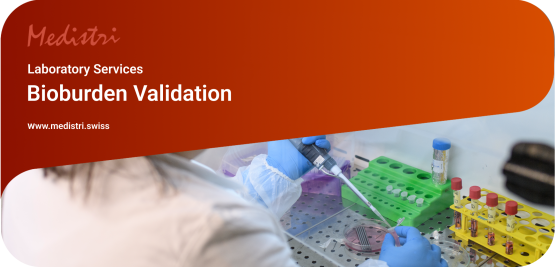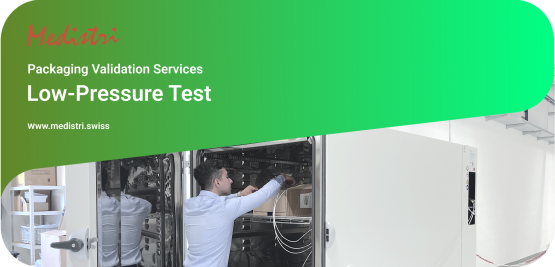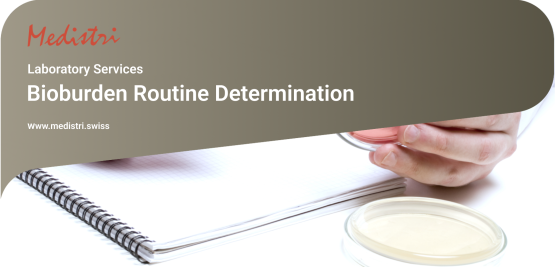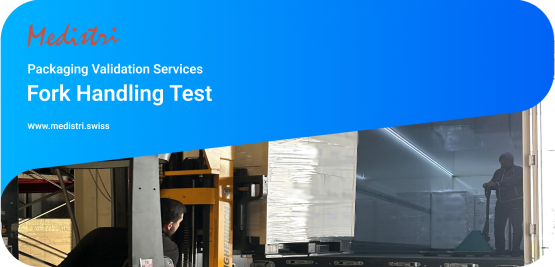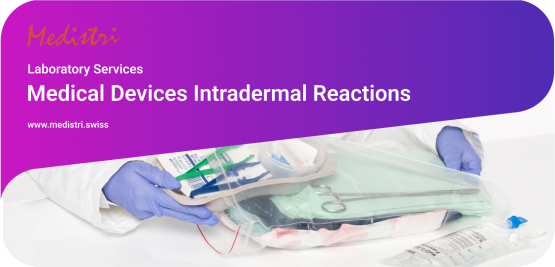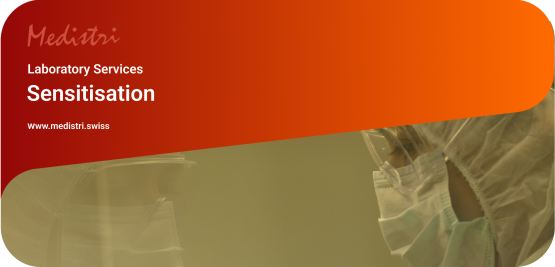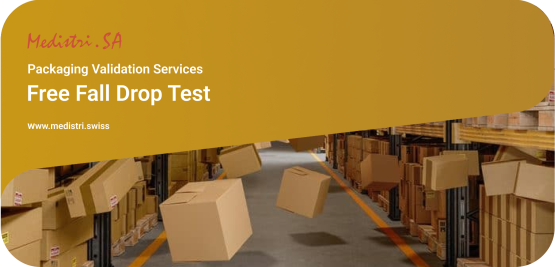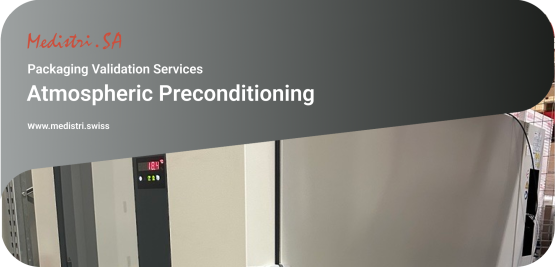Bioburden Validation
Bioburden, also known as microbial limit testing, is a quality control process that detects and quantifies microbial contamination of a product at different stages of production. It’s performed on pharmaceutical products and medical products for quality control purposes.
Low-Pressure Test
Low-Pressure Test is conducted to identify potential challenges and stresses that the packaging and the products it contains could be exposed to during air transportation. This test is particularly important for products and packages that could be sensitive to a low-pressure environment.
Bioburden Routine Determination
Bioburden Routine Determination is a process used to measure the total microbiological population on a medical device or pharmaceutical article prior to sterilization. This process is crucial for ensuring the sterility of these products.
Fork Handling Test
The validation of packaging stems from the need to ensure the quality of products across the many steps in your distribution cycle: from shipping to storage. It is indeed an increasingly common requirement for many product categories, including a strong emphasis on the packaging quality requirements for medical and pharmaceutical industries.
Medistri at ThePharmaDays 2024
Medistri is attending ThePharmaDays 2024 in Geneva, Switzerland from June 5 to 6, hosting a booth to cater client meetings, showcase its services and answer all questions.
Medical Devices Intradermal Reactions
Biocompatibility testing is a critical part of the safety evaluation process for medical devices. One of the key tests in biocompatibility testing is the irritation or intradermal reaction test. This test is designed to evaluate the potential of a medical device to cause irritation to the skin or other tissues.
Sensitisation
Sensitisation testing ensures the safety of medical devices by assessing their compatibility with biological systems and their potential to cause harm or adverse reactions.
Free Fall Drop Test
The ASTM-D5276 standard test method for drop test of loaded containers evaluates the capability of a container to withstand the sudden shock resulting from a free fall, or the capability of a container and its inner packing to protect its contents during the sudden shock resulting from a free fall.
Medistri SA Certified as a Corporate Citizenship
The “Entreprise Citoyenne TM” label is awarded on the basis of prior certification to ISO 9001 (quality management system) and ISO 14001 (environmental management system) standards. A “Entreprise Citoyenne” is one that takes social and environmental considerations into account in its activities and in its relations. It is therefore an organization whose economic, environmental and social goals coexist, while demonstrating that the pursuit of financial profit is not its sole objective.
Atmospheric Preconditioning
Atmospheric preconditioning simulates the effects of different temperature and humidity levels on packages and products. It’s often used to evaluate the performance and durability of packaging materials and products under various environmental conditions.

